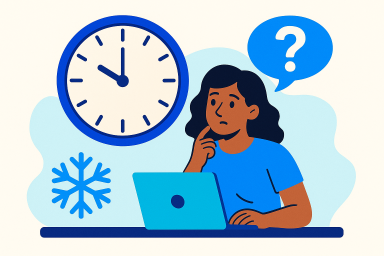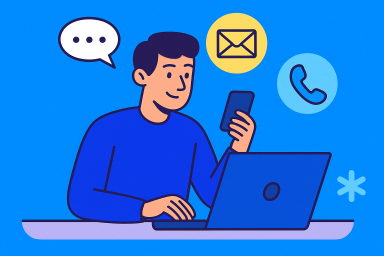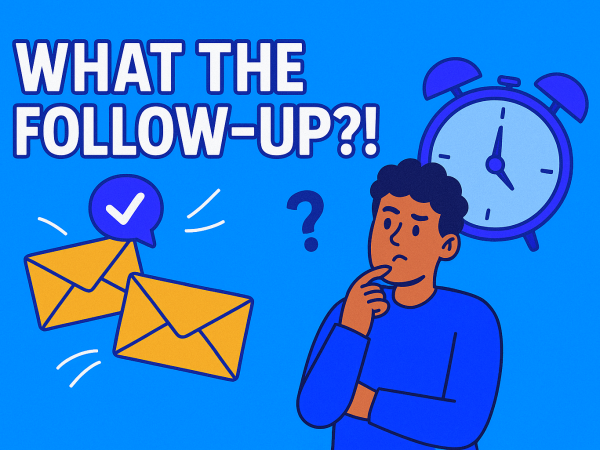You’ve got their attention… now what? Mastering the art of following up without sounding desperate or annoying.
Someone’s replied to your outreach, clicked on your email, or maybe even had a quick browse of your site. Nice one! You’ve got their attention.
Now comes the tricky bit: the follow-up.
Too soon and you’re annoying. Too late and you’re forgotten. Follow up badly and you’ll likely kill the deal. But get it right? That’s where opportunities start to open up. It’s the moment you shift from “just another message” to a potential partner they’re willing to speak to.
1. Timing Is Everything
How soon is too soon?
If someone’s clicked, opened, or engaged in any way, following up within 24–48 hours is your sweet spot. Wait too long and you’ll be met with a “Remind me who you are?”
If there’s no reply after your first message, try this rhythm:
- Day 2: Follow-up 1 (add value)
- Day 5: Follow-up 2 (new angle)
- Day 10: Final nudge
Consistency is key, not pushiness. Let each follow-up feel intentional, not intrusive. And if they’re showing signs of life (opens, clicks, light replies), don’t be afraid to shorten the gap slightly.

2. Add Value, Don’t Just Nudge
“Just checking in…” is a waste of everyone’s time.
If your follow-up isn’t adding anything new, it’s probably not worth sending. Instead, treat each message like a micro-opportunity to offer value and insight.
Here are some simple ways to do that:
- Share an industry trend, stat, or quick insight
- Drop in a relevant blog or case study
- Reference something new from their LinkedIn or recent news
- Offer a small, actionable idea based on their pain point
Every touch point should remind them why it’s worth continuing the conversation.

3. Use Multiple Channels
Email alone can only take you so far. If your message didn’t land in their inbox (or their head), try another route.
Here’s how to spread your presence:
- LinkedIn: Send a connection request that references your message. Comment on their posts. Be visible.
- Calls: A quick voicemail, calm and to the point, can break through the noise.
- Email: Still important. Just don’t flood their inbox. Make each message count.
Diversifying your approach makes you feel less like a spammer and more like a real person trying to start a real conversation.

4. Human First, Automation Second
Automation can be a lifesaver, but only if you keep it human.
Tools are great for:
- Scheduling touch points
- Tracking engagement
- Managing follow-up cadences
But they shouldn’t write your messages for you. Always personalise:
- Use their name and job title
- Reference their company or role
- Be clear about why you’re reaching out specifically to them
Write like you’re talking to someone who matters. Because they do. If it feels robotic to you, it definitely reads that way to them.

Final Word: Don’t Just Follow Up. Follow Through.
Good follow-ups aren’t desperate, they’re confident, thoughtful, and relevant. They show you’re paying attention, that you bring value, and that you’re worth someone’s time.
If your leads are going quiet, it might not be the product. It might just be your follow-up.
At Shelbow, we help turn attention into action. Because it’s not just about getting noticed, it’s about keeping the conversation going, and moving it somewhere worthwhile.





